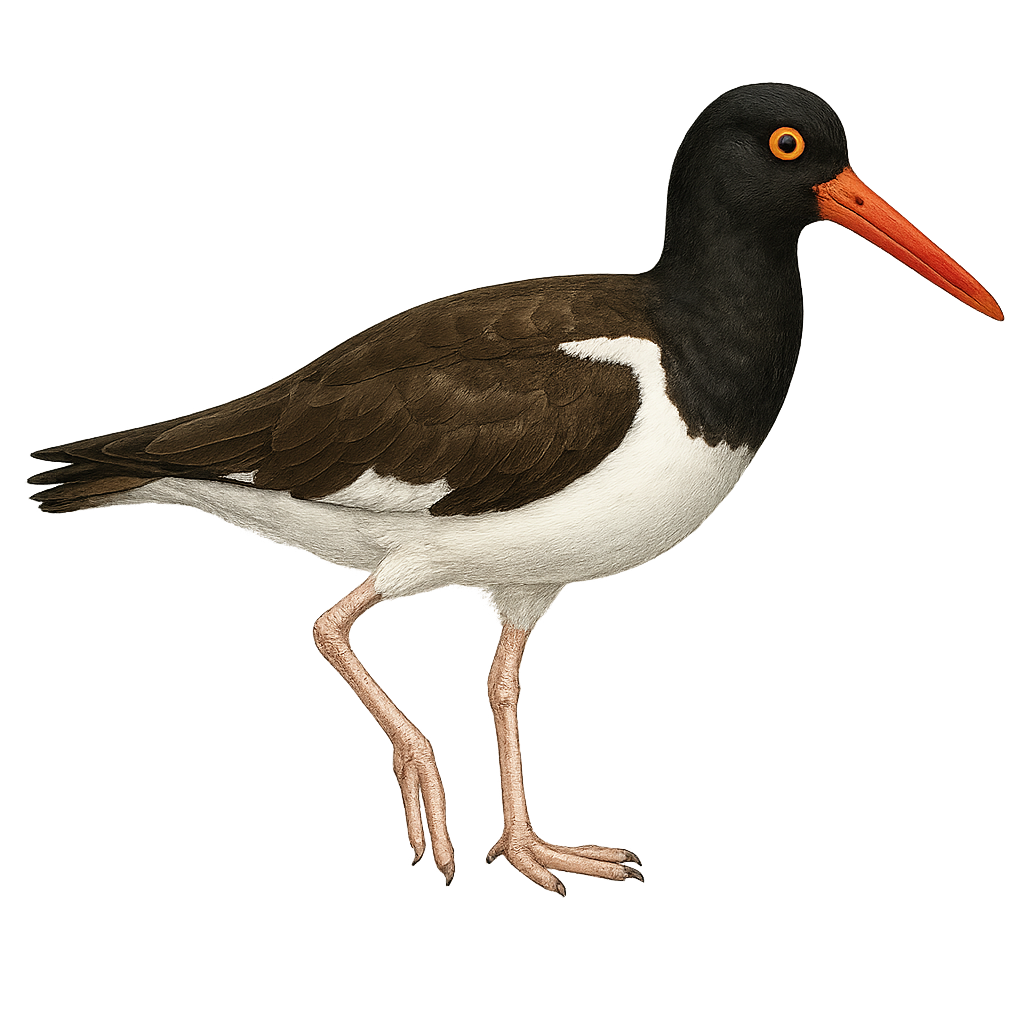Your wildlife photography guide.
Explore the american oystercatcher in detail, study its behavior, prepare your shots.
Where to observe and photograph the american oystercatcher in the wild
Learn where and when to spot the american oystercatcher in the wild, how to identify the species based on distinctive features, and what natural environments it inhabits. The WildlifePhotographer app offers tailored photography tips that reflect the american oystercatcher’s behavior, helping you capture better wildlife images. Explore the full species profile for key information including description, habitat, active periods, and approach techniques.
American Oystercatcher
Scientific name: Haematopus palliatus

IUCN Status: Least Concern
Family: HAEMATOPODIDAE
Group: Birds
Sensitivity to human approach: Suspicious
Minimum approach distance: 10 m
Courtship display: March to May
Incubation: 26-28 jours
Hatchings: March to June
Habitat:
Sandy beaches, mudflats, estuaries
Activity period :
Primarily active during the day, with peak activity in the morning and late afternoon.
Identification and description:
The American Oystercatcher is a coastal bird known for its distinctive black and white plumage, bright red bill, and yellow-ringed eyes. It primarily inhabits sandy beaches, mudflats, and estuaries where it feeds mainly on bivalve mollusks, which it skillfully opens with its strong bill. This bird is often seen in small groups but can also be solitary. It is known for its loud, piercing calls, especially during the breeding season. The American Oystercatcher is a partial migrant, with some populations moving south in winter. Its presence is an indicator of healthy coastal ecosystems, although it is threatened by habitat loss and human disturbances.
Recommended lens:
400mm – adjust based on distance, desired framing (portrait or habitat), and approach conditions.
Photography tips:
To photograph the American Oystercatcher, choose the golden hours of morning or evening for soft, flattering light. Use a telephoto lens of at least 400mm to capture precise details without disturbing the bird. Be patient and observe its behavior to anticipate its movements, especially when feeding or interacting with other birds. A tripod can be useful to stabilize your camera and achieve sharp images. Be discreet and respect the safety distance to avoid disturbing its natural habitat.
The WildlifePhotographer App is coming soon!
Be the first to explore the best nature spots, track rutting seasons, log your observations, and observe more wildlife.
Already 1 429 wildlife lovers subscribed worldwide

